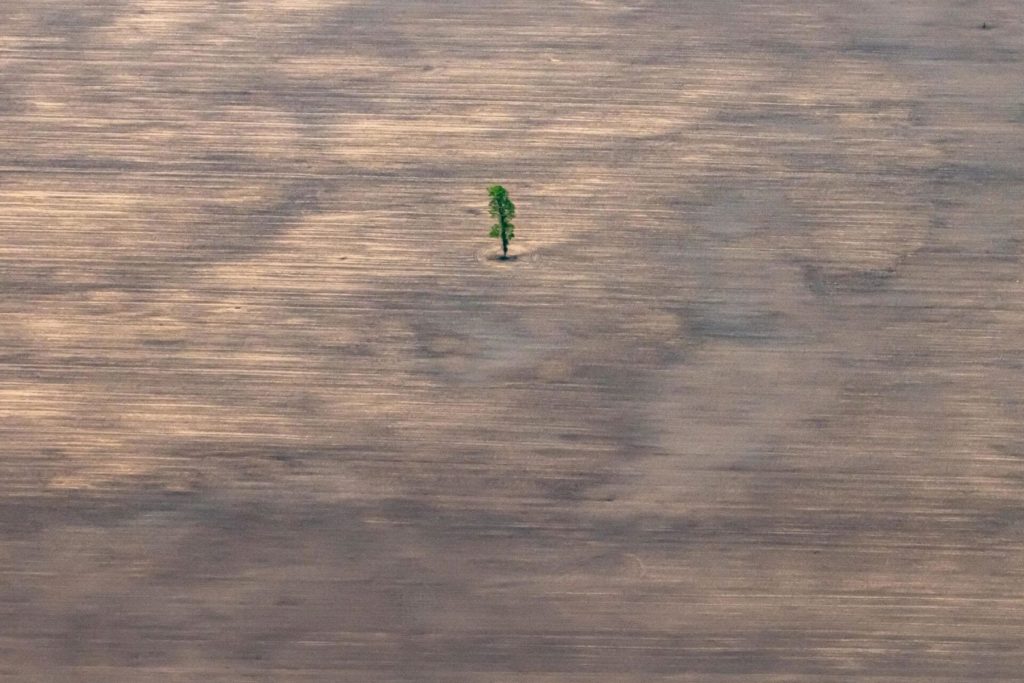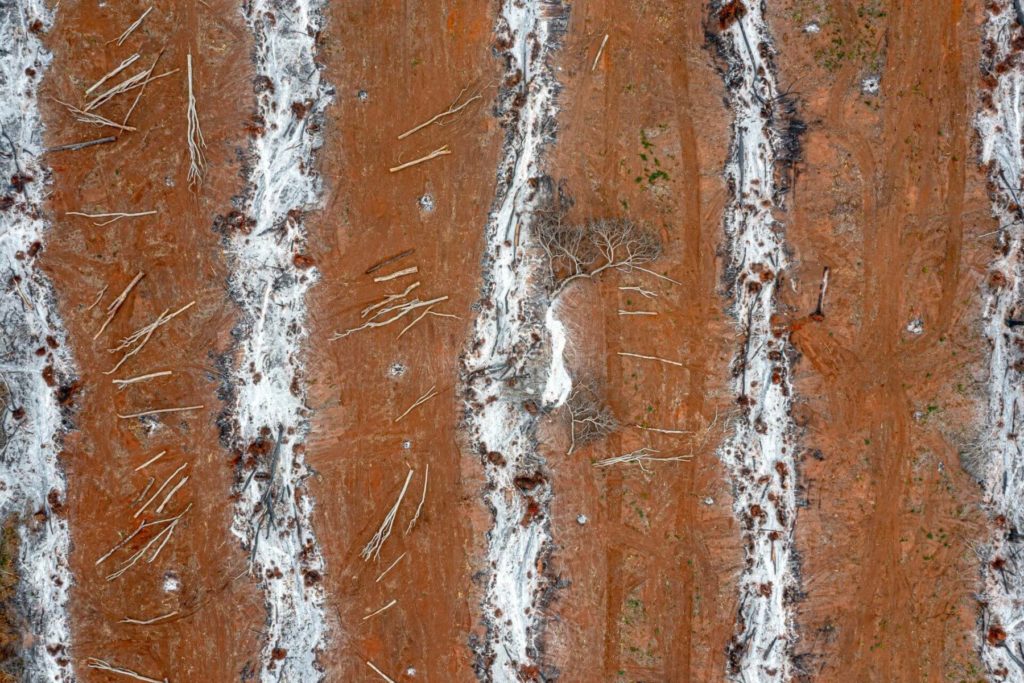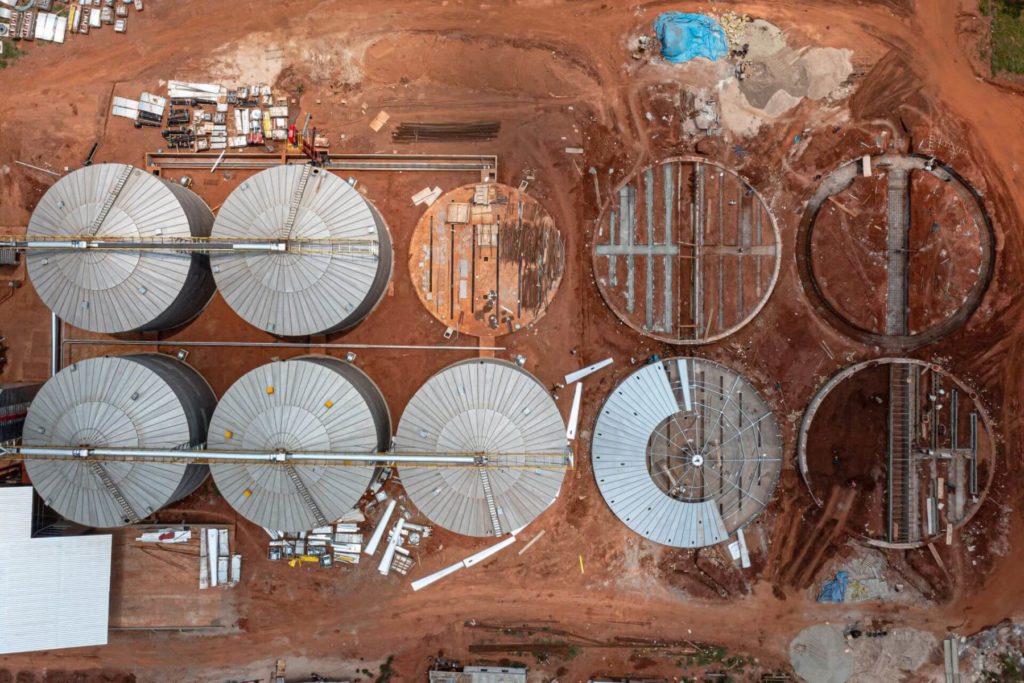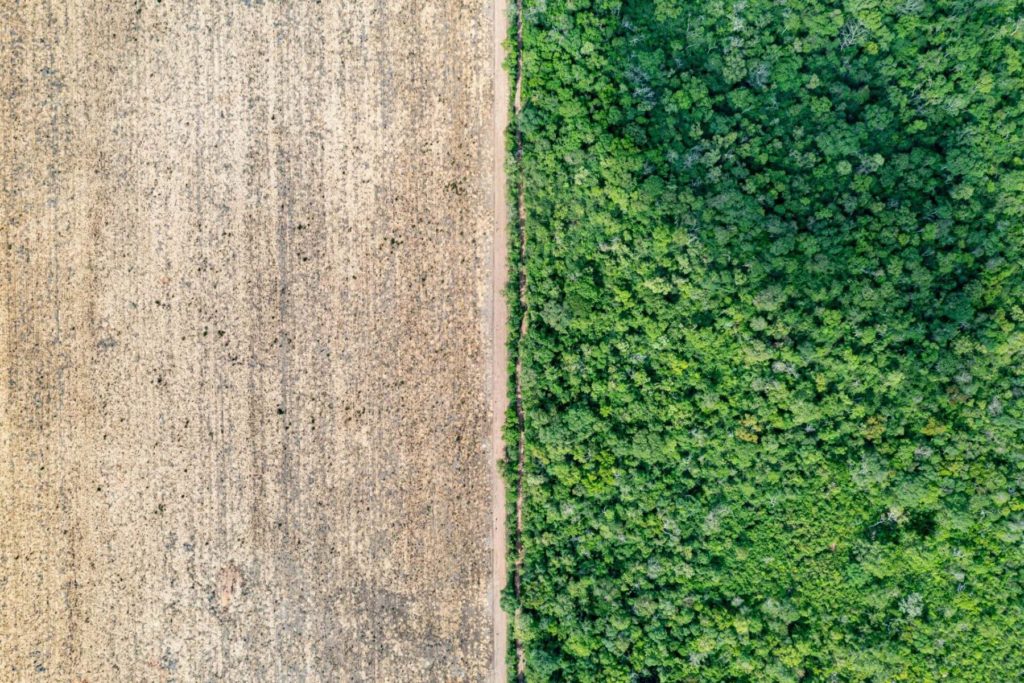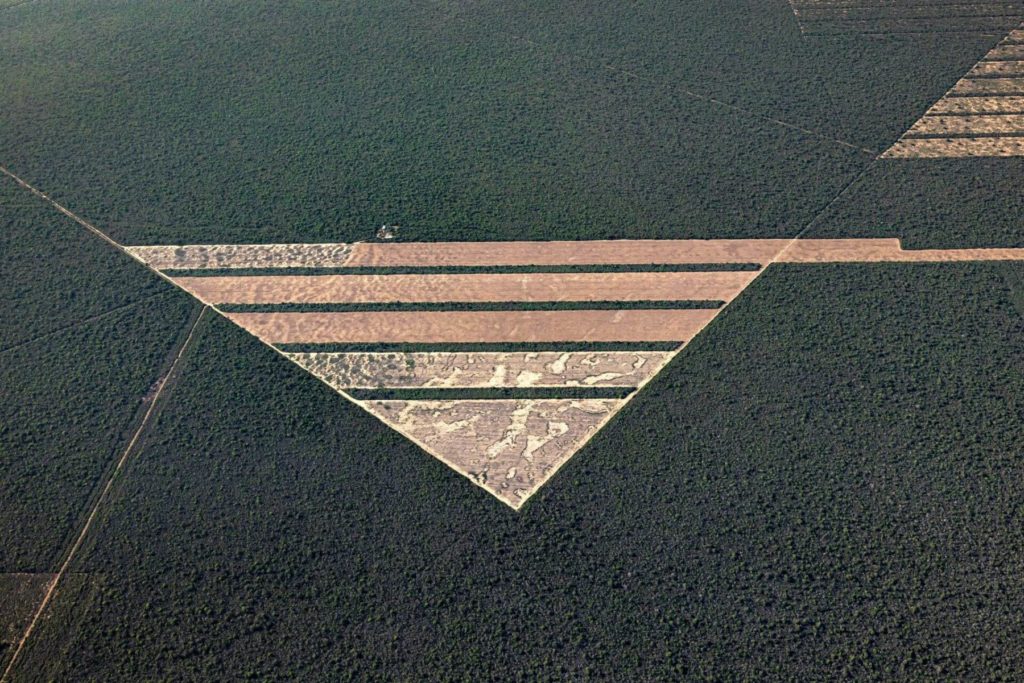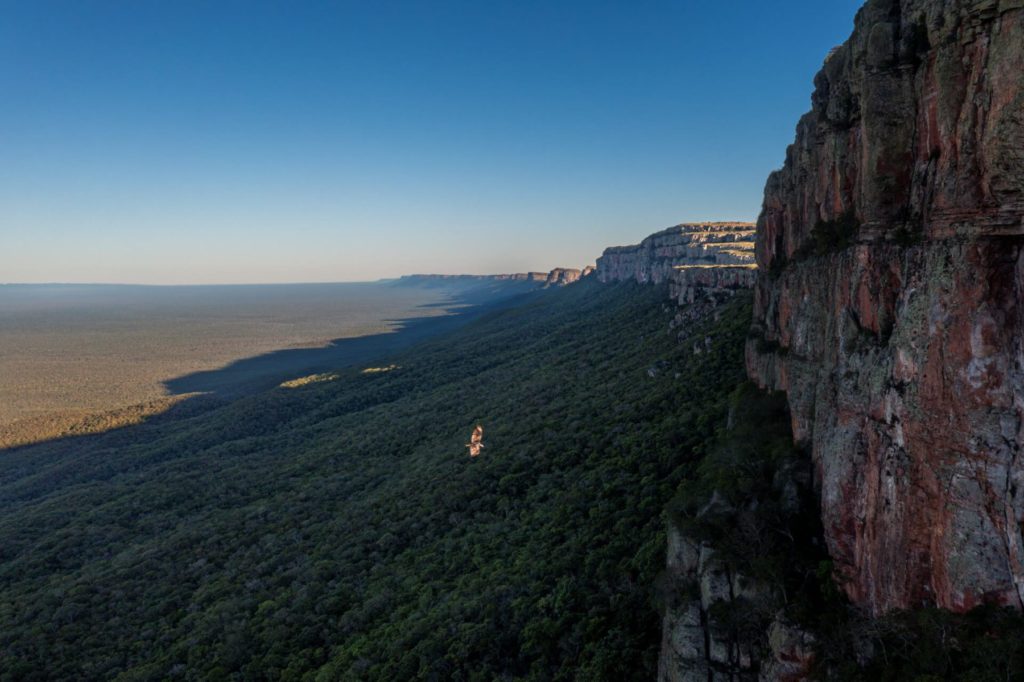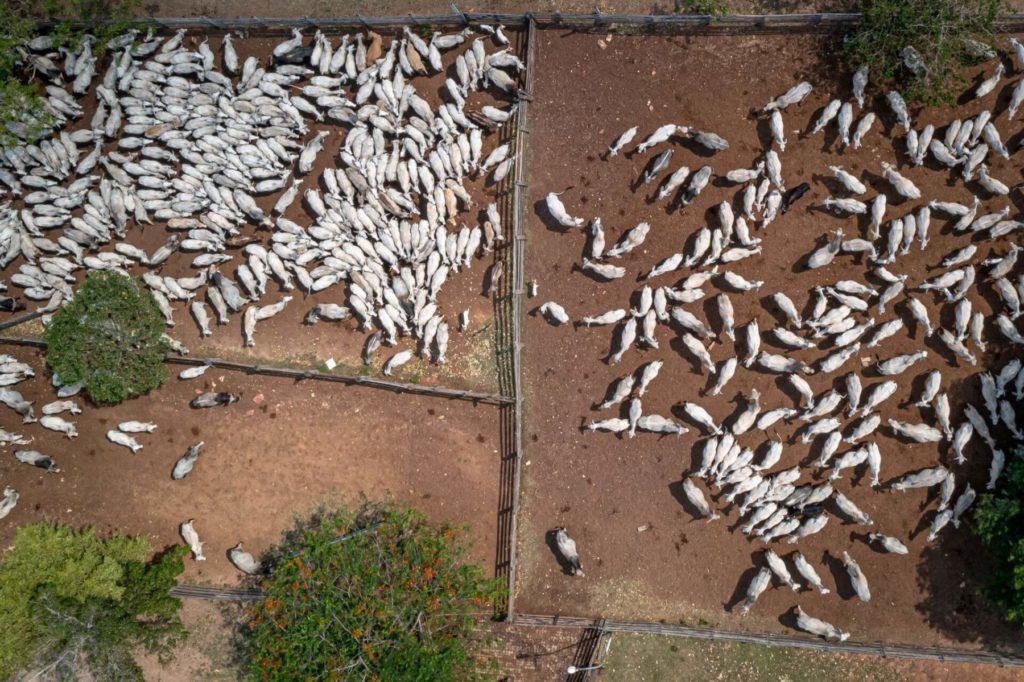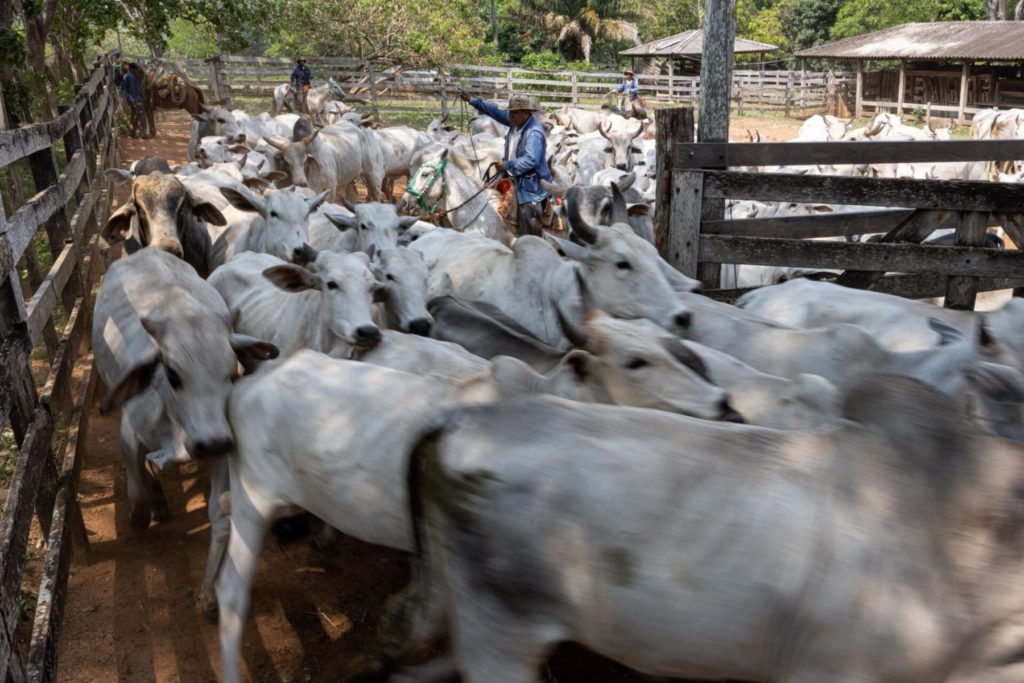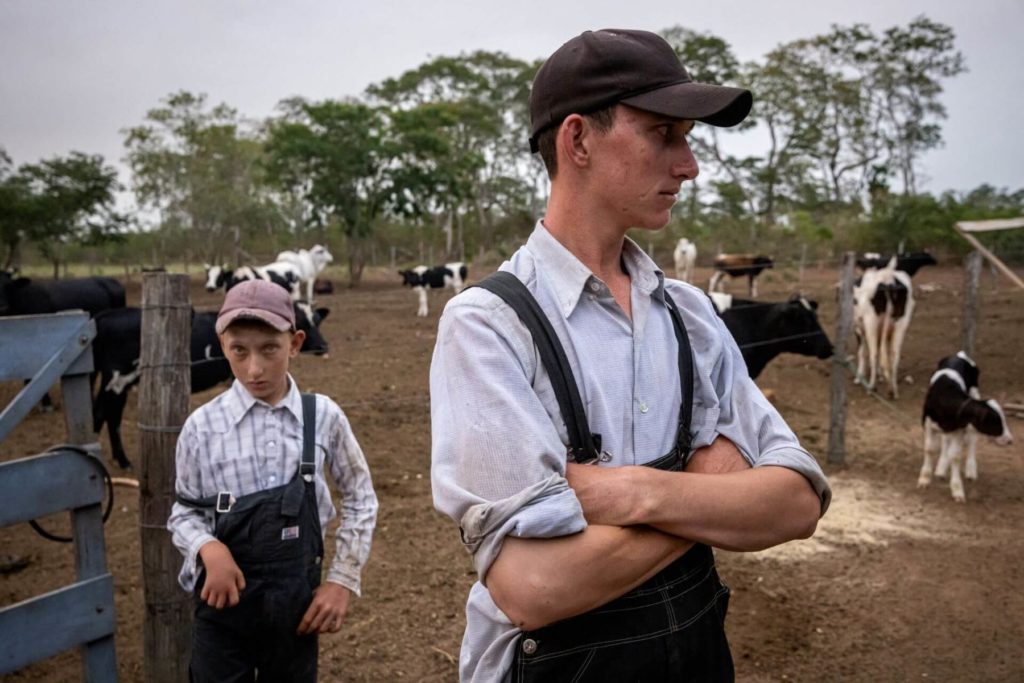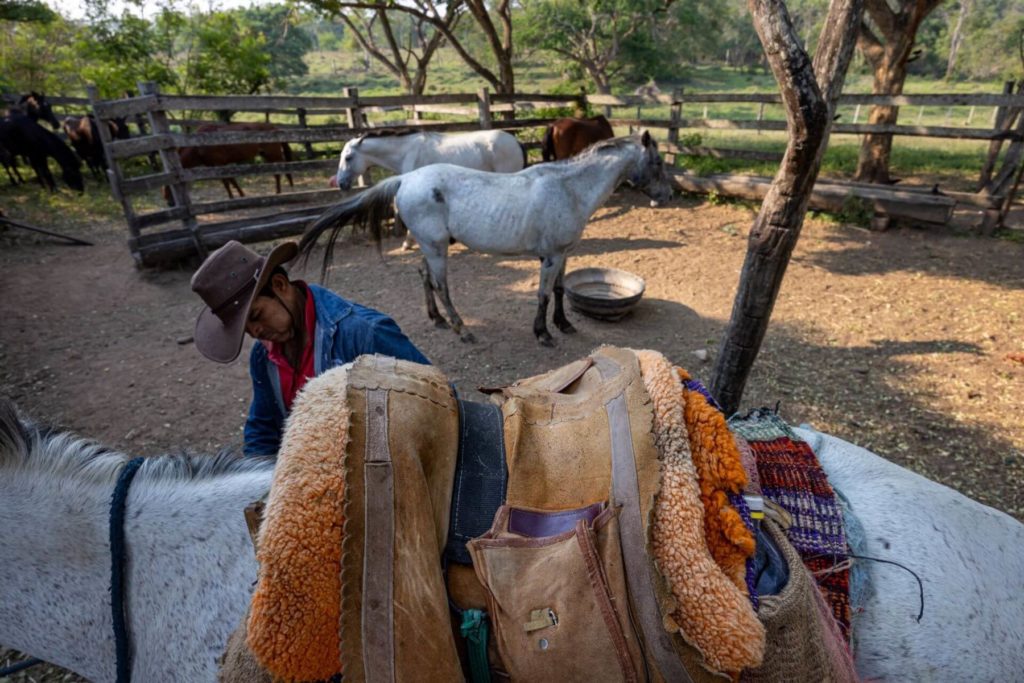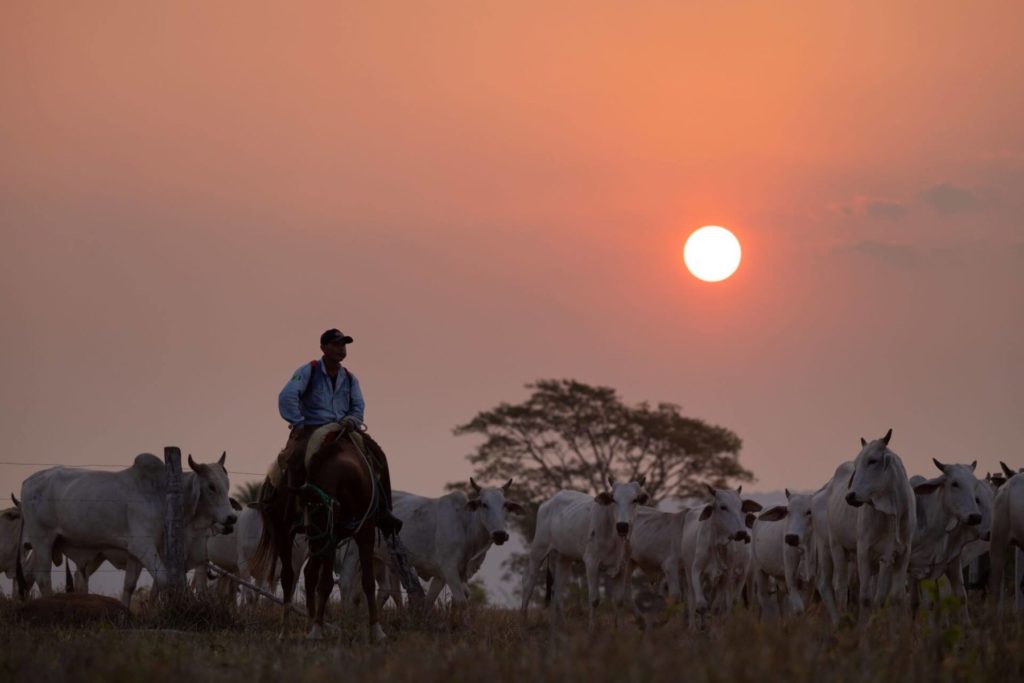The Bolivian countryside is undergoing radical transformation, critically endangering the region’s rich biodiversity.
Bolivia has the third highest deforestation rate of primary forests in the world, right after Brazil and the Democratic Republic of Congo (DRC). 14% of all the forest has already been lost to industrial agriculture of soy, maize, and cattle ranching. The federal government has encouraged agricultural expansion through subsidies and national pension funds. By 2025, it plans to triple the size of cultivated land and cattle herds. Land in Bolivia is cheaper than in neighbouring countries, and speculation is widespread. Seeking short-term profits, local and foreign buyers fuel the conversion of the country’s tropical forests into savannahs.
As forest fires intensify, the temperatures progressively increase. Communities face repeated droughts while coping with the spread of new diseases.

